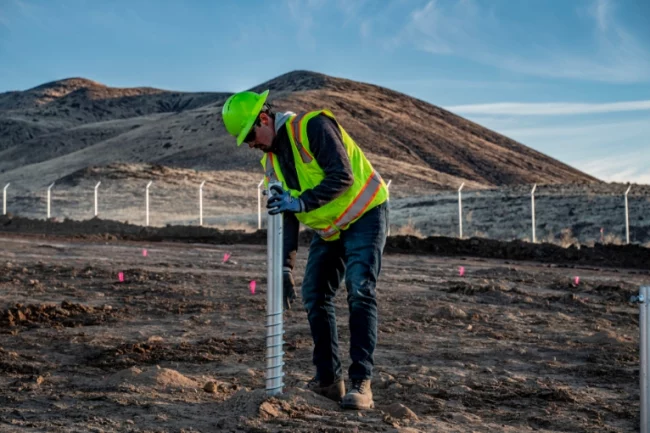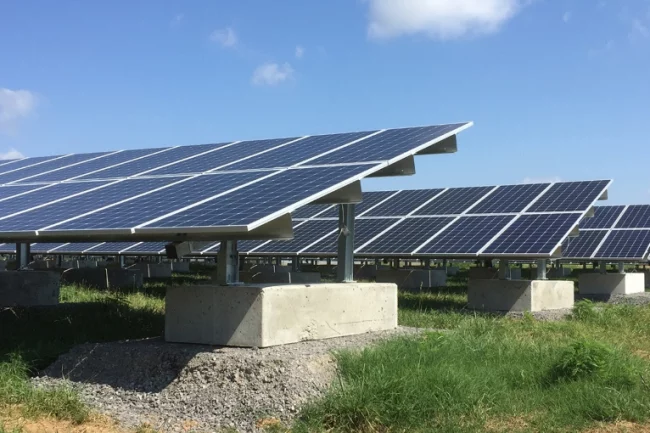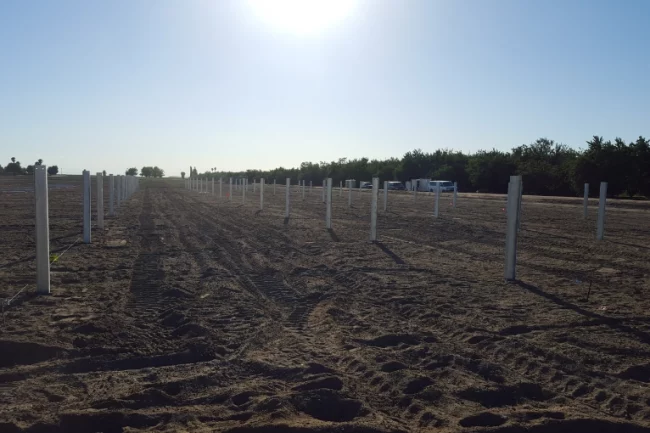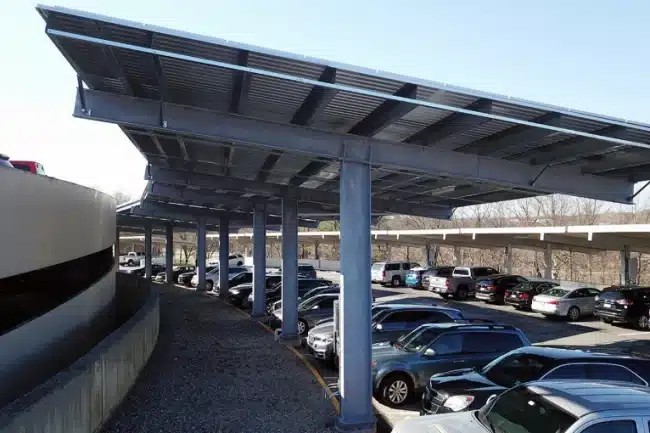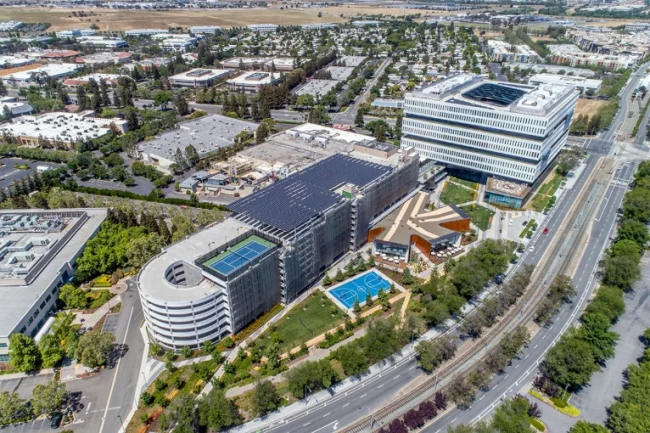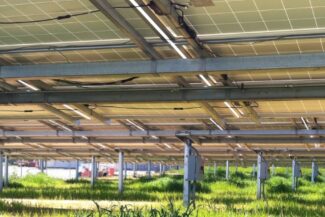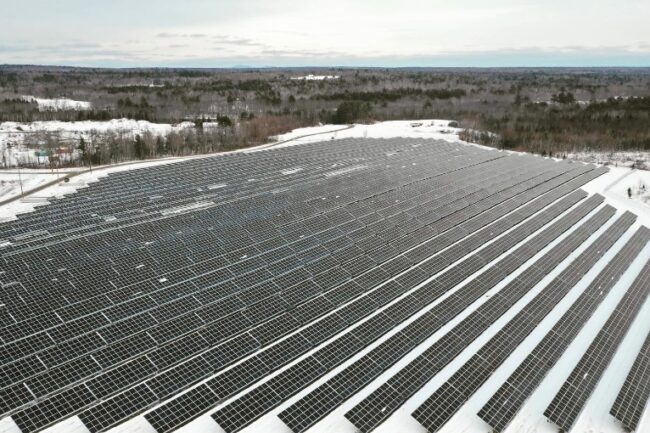CHALLENGE
Utility solar gold rush booms with project optimization
Every cent counts in today’s PV gold rush. Unpredictable site conditions, variable time-of-use rates, and other factors can easily disrupt a project’s well-defined plan, eroding already razor-thin margins. And while the solar energy boom continues to defy analysts, today’s developers face different challenges than a decade ago.
Optimization was not an issue when solar panels cost substantially more than land. Back then, systems had to produce as much energy per module as possible and rely on incentives. There was little to gain by fine tuning internal shade loss, land use, or inverter clipping.
Today’s developers are not optimizing for the most output per module but rather for energy as a function of cost, while balancing other factors such as weather, location, components, and construction. They need smart tools to maximize cost/benefit and guide successful project strategies.
SOLUTION
SIFT filters out nuggets of value to support winning projects
Using Solar’s Instant Feasibility Tool (SIFT) early in development provides a data-driven view of each project’s unique profile, maximizing value and increasing ROI from the start. Powerful SIFT iterates through thousands of site layouts and component configurations, analyzing billions of data points and financial calculations to uncover each project’s golden nuggets up front — in just seconds.
Serving as a design, performance, and financial modeling platform, SIFT drives smart decisions for tangible results. To date, the software has helped users maximize value on projects totaling 250 GWs of potential capacity, delivering 5% to 15% increases in project returns for utility solar developers and asset owners.
Getting beyond initial impressions to discover buried treasure
Each project follows a unique pathway to success. Maximizing land use for a 284-MW site in Kentucky, for example, required a flexible racking solution. At first glance with a CAD tool, a satellite view indicated that the site’s rolling hills were suitable for a standard tracker using a portrait architecture and a 10% grade tolerance. SIFT, however, showed that this was not the case.
A standard tracker would have been fool’s gold for this project, delivering only 70 MWs of capacity and an impossibly complex wiring plan. Because the local jurisdiction would not allow grading, the project would not have panned out. The developer was able to make this determination in SIFT, avoiding substantial resource and time spent on civil and design work only to determine the site strategy was no good.
RESULT
SIFT’s topographic capability drives success for Kentucky developer
Instead, the developer turned to SIFT to refine their view of the site’s potential, quickly importing data from the US Geological Survey or Google Elevation database. By leveraging SIFT’s unique topographical features, the developer had a chance to explore what could be done with different technologies.
Within minutes, SIFT gave the developer a completely different picture. Using a more flexible tracker with up to 20% grade tolerance would offer far greater capacity, increasing annual production 229 percent using a standard monofacial panel.
Seeing an opportunity to further optimize yield, the developer ran another simulation combining bifacial technology with a 20%-grade tracker. The results were astounding: The same 247-MW site could now deliver an estimated 299 GW hours of production annually — a 257 percent increase over the initial configuration with the standard 10%-grade tracker. Using a bifacial panel adds 43 GW hours more energy than the original configuration with a monofacial panel.
The power of SIFT’s topographical discernment is clear in these numbers*:

*Data shown is for 0.4GCR, 1.2DCAC. SIFT generated many thousands of alternatives not shown here.
Site with 10% slope tracker and bifacial module. Area in gray is where the North/south slope analysis is greater than the 10% grade tolerance.
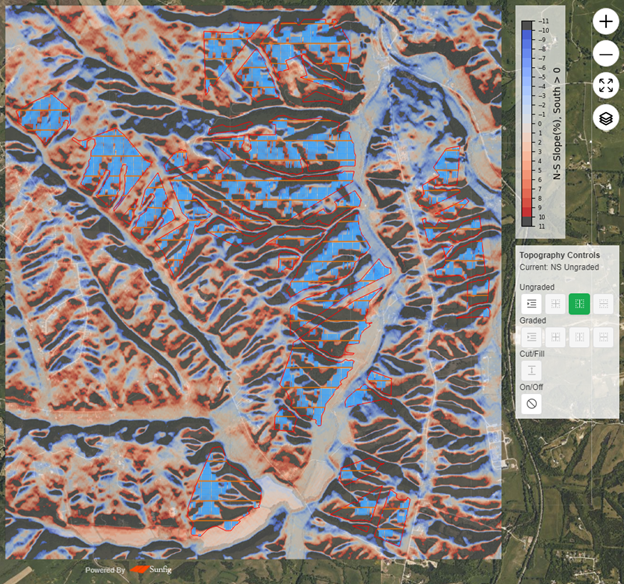
Site with 20% slope tracker and bifacial module. Area in gray is where the North/south slope analysis is greater than the 20% grade tolerance.
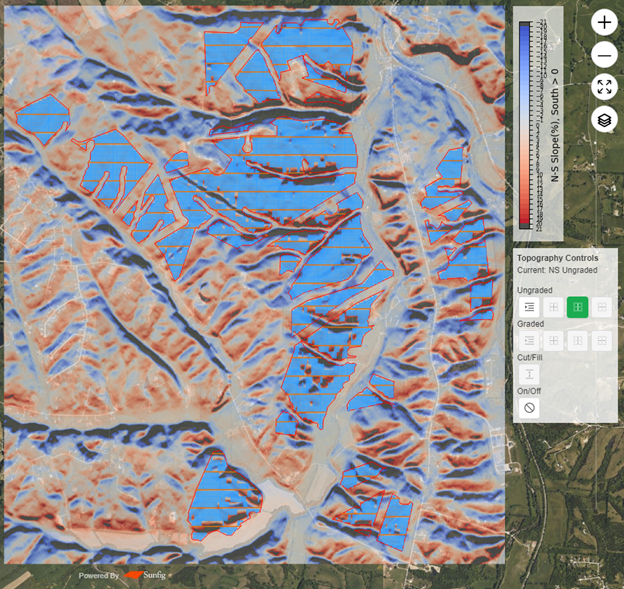
Solar fuses with Gibraltar to reveal solar “El Dorado”
Every detail can impact production and returns. SIFT winnows out the most meaningful data to streamline complex projects from the start, enabling smart decisions up front, reducing risks, and saving valuable time. Combined with RBI Solar, TerraSmart, and SolarBOS, SIFT brings intelligent project optimization to Terrasmart’s diverse mounting and eBOS portfolio. Working hand-in-hand with developers and EPCs, our team creates unique synergies — leading to greater value and stronger returns.

